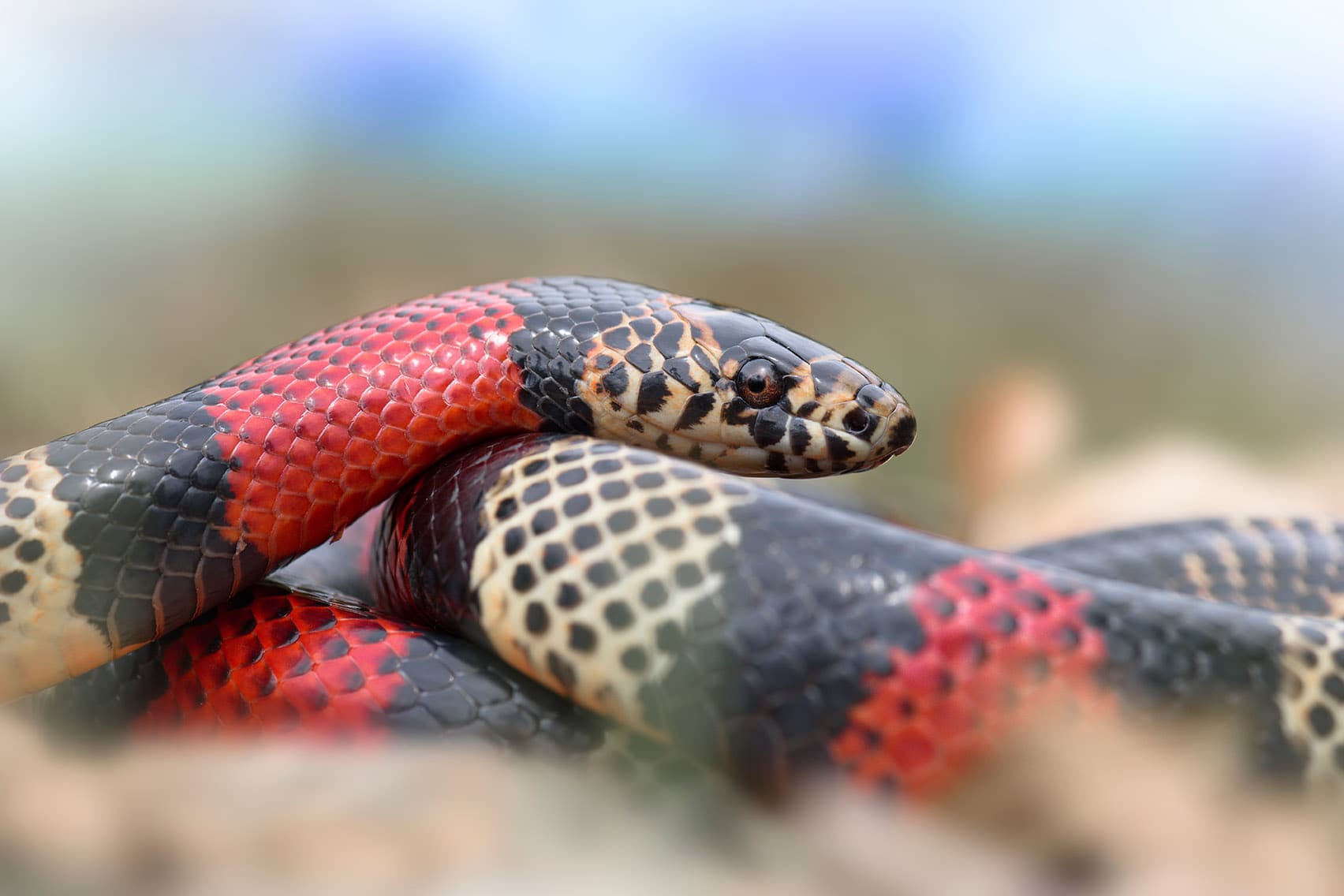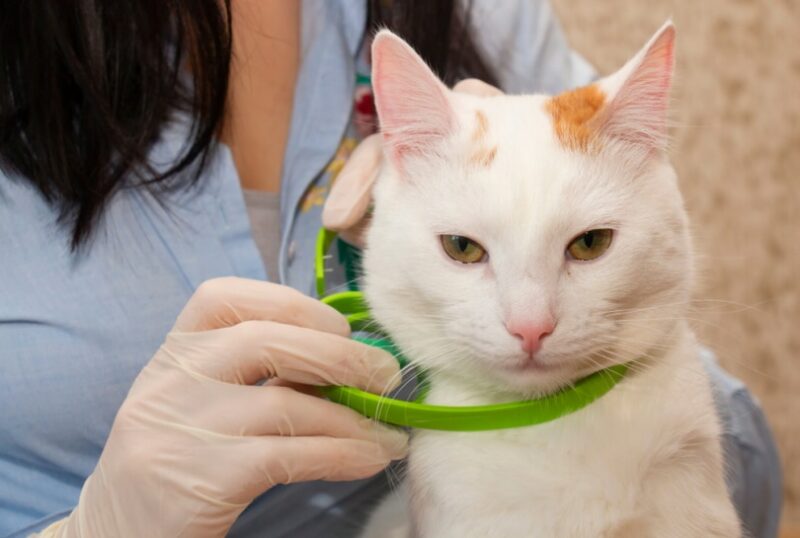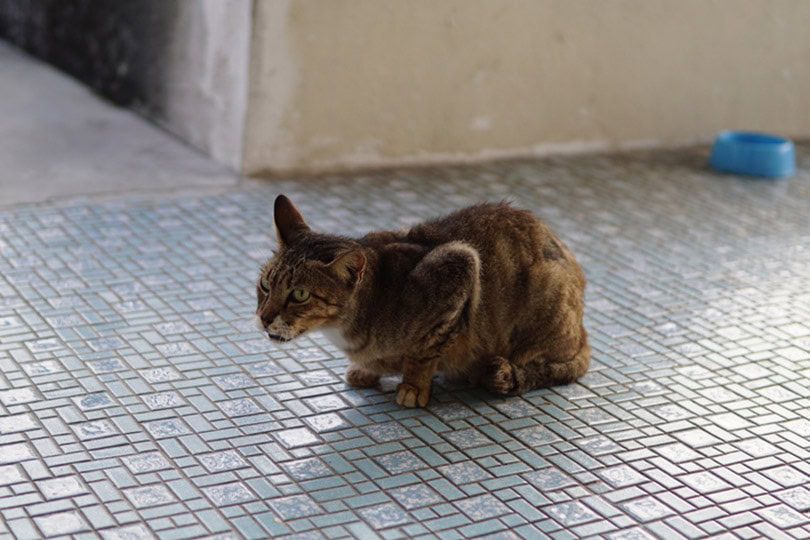VET APPROVED

The information is current and up-to-date in accordance with the latest veterinarian research.
Learn more »Click to Skip Ahead
Snakes can make great pets. They’re unusual and interesting, but they require proper care, suitable housing, and a balanced diet to remain healthy. Snakes can become stressed and unwell if they do not get appropriate care. But how can you tell whether a snake is feeling comfortable in their environment or, conversely, feeling stressed?

Can Snakes Feel Happy?
It is common for us to assume that other animals feel the same emotions as we do. However, snakes do not have the intellectual capacity to feel emotions like happiness.1 Just because a snake can’t demonstrate happiness doesn’t mean they can’t still make an amazing pet. Below, we have listed some signs that show a snake feels comfortable in your presence, as well as signs that a snake is not comfortable in their environment. Above all, sudden changes in your snake’s demeanor should be closely observed to ensure they’re not stressed or unwell.

The 5 Signs Your Snake Is Happy
Please note that many states and jurisdictions may have legislation that prohibits owning, breeding, purchasing, or selling snakes or certain snake species. Always ensure you have permission to legally own an exotic pet before adopting one. If you are in the US, please refer to state laws before adopting an exotic pet. Elsewhere, refer to the relevant laws where you reside.
Capturing wild animals to keep as pets is not advised and can disrupt local ecosystems. Likewise, releasing exotic wild pets back into the wild is not advised, as this can also disturb the balance of local ecosystems.
Snakes are a long-term commitment and are generally not considered safe around children. They are also incompatible with other pets, including cats, dogs, birds, rabbits, and other exotic pets. They are opportunistic hunters who may attempt to strike or constrict anything they perceive as a potential meal, including their handlers.
It takes a lot for a snake to get accustomed to their human handler. After all, humans are big, noisy, and prone to sudden movements. If your snake is relaxed and comfortable, they may show some of the following signs.
1. Casual Tongue Flicking
When snakes flick their tongue in the air, they are tasting the air and ingesting chemical samples. Snakes use this chemical sampling as their sense of smell. Your snake may flick their tongue when stressed, but they will do so more hurriedly and urgently. A relaxed tongue flick suggests that the snake is causally “sampling” the air and is otherwise not stressed.
Your snake may also flick their tongue onto nearby objects. This is especially common when presented with something new, such as an object they don’t recognize. It is a positive sign as long as the motion is unhurried and does not put the snake in danger.
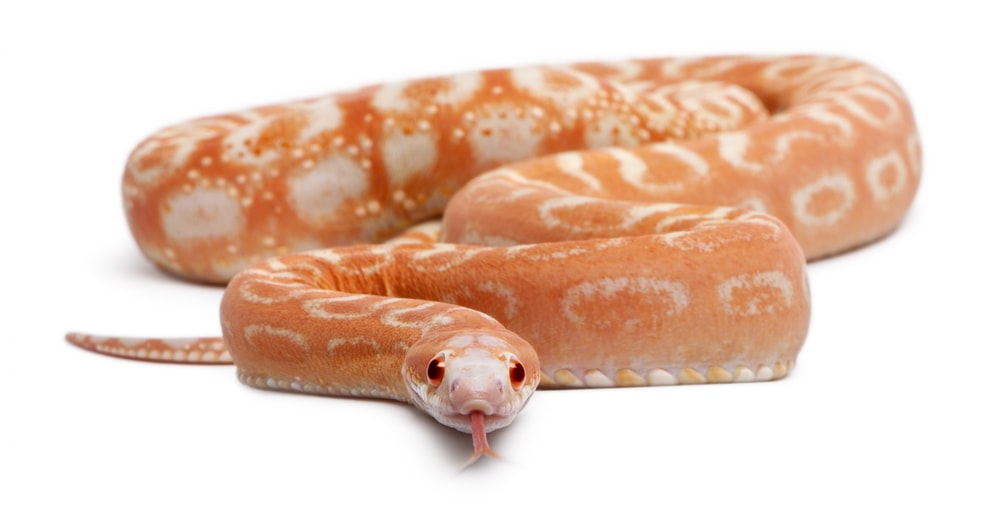
2. Casual Movement
A relaxed snake may appear lazy as it ambles and slowly slides around their enclosure. A pet snake has no reason to hurry around if they are unbothered.
Draping itself over branches and rocks while basking under their light is another sign that your snake feels at home in the enclosure.
3. Curiosity
Snakes should always be alert to their surroundings and respond to them. If yours does not respond to something new being placed inside their terrarium, it could be a sign that something is wrong. However, alert does not necessarily mean panicked or stressed, and a content snake will show casual alertness to new items or surroundings.
Please note that if your skin is shedding, they are instinctively less curious about their surroundings and tend to remain concealed until the process ends.
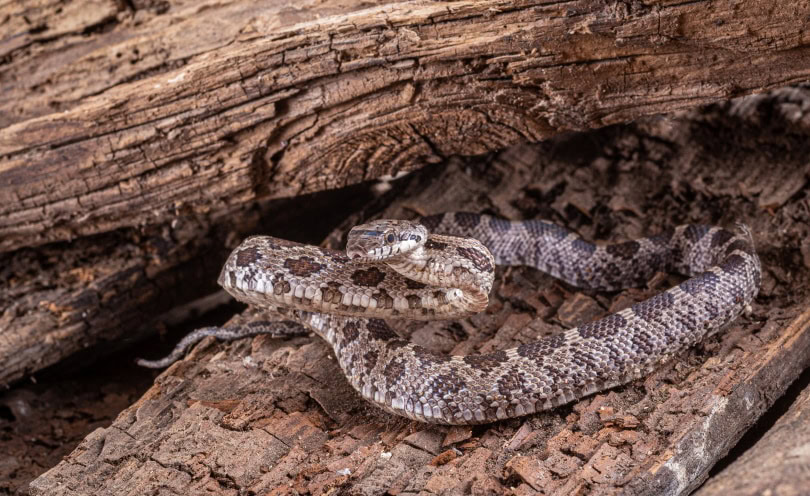
4. Casual Grip
A comfortable snake will enjoy exploring your hands, arms, and shoulders. Your snake will do so by slowly wrapping and slithering around you. They need to grip onto you to ensure that they don’t fall, but a comfortable snake will not grip so tightly that it causes you any pain. It will grip but not squeeze.
5. Casual Behavior
Unless the snake is new to you, you should have a reasonable idea of how they behave as an individual. You should have a decent idea of what it will do if you introduce a new branch to the enclosure, or if you reach in the tank to handle them. The most obvious sign that your snake is content is that they act as you’d expect them to. Any changes in behavior could indicate stress, anxiety, fear, or even illness, and you should keep an eye on your scaled friend and consult a veterinarian if needed.

Top 6 Signs Your Snake is Stressed
As you can see, a content snake acts casually. They will take things slowly and act gently but be curious about their surroundings. For various reasons, snakes can become stressed. When snakes are stressed, it can put them, and even you, at risk. Let’s look at some of the signs of stress in snakes.
1. Sudden Movements
Rather than a content snake’s slow, almost lethargic movements, a worried one will make sudden movements and may not rest for long periods. If your snake seems hyperactive, they could be ill or injured. For example, external parasites can irritate the skin of a snake, causing them to move restlessly and rub on ornaments excessively.
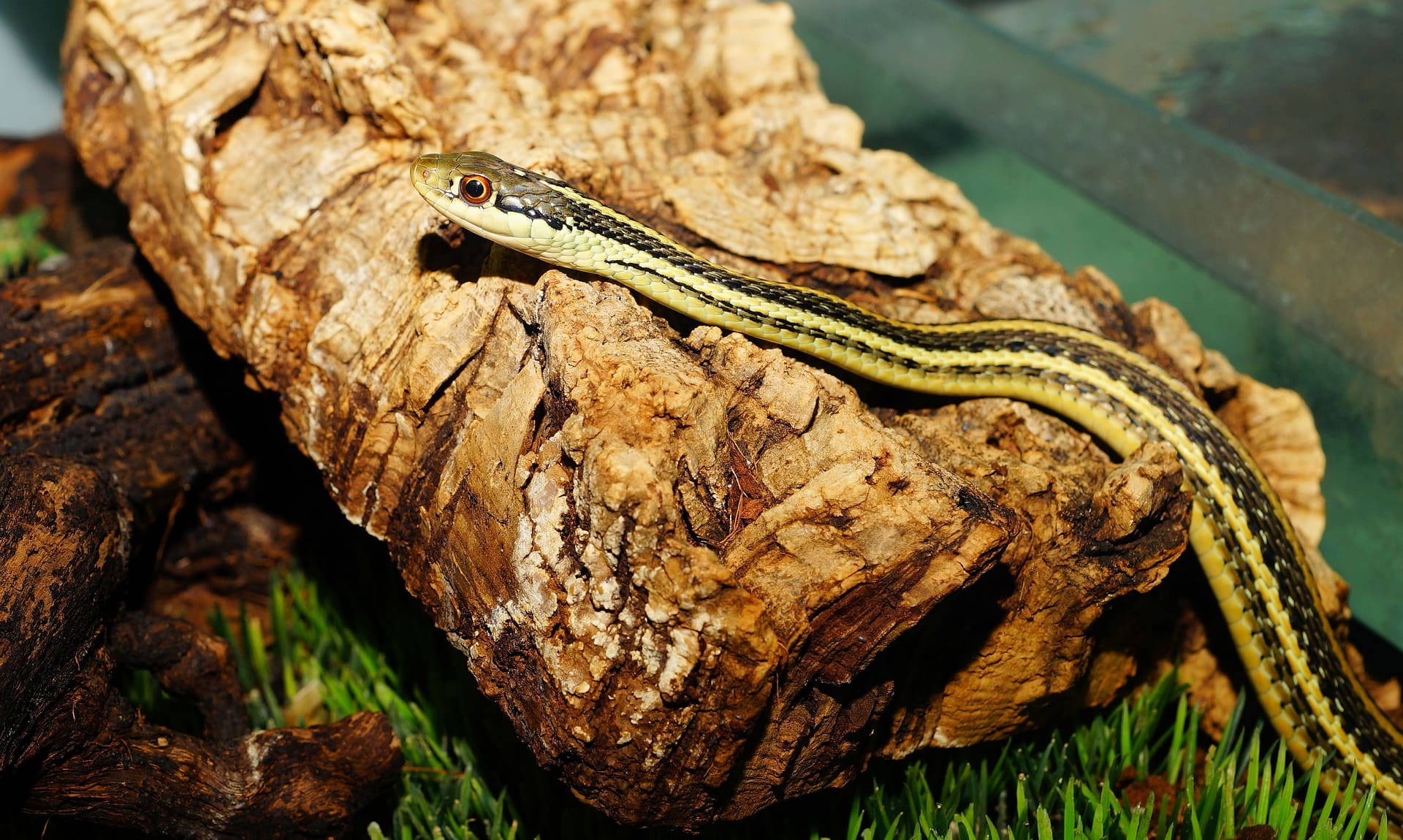
2. Submissive Posture
A threatened snake may flatten itself down to the ground. This is a defensive posture and can appear submissive.
However, this sign isn’t apparent in all snake species. Some species display other signs when threatened, such as hissing or moving their tail like a pendulum. The rattlesnake is best known for its rapid flick of the tail when threatened.
3. Looking for Escape
At times, new snakes attempt to escape their enclosures. If you have a secure, high-quality enclosure, your snake will likely give up looking after initially trying to find a way out of the tank. However, if a snake is stressed or uncomfortable, they may continue with the escape attempts. They may always be on the lookout for a way to get out.
If your snake is constantly checking out corners and investigating potential holes in the wall, it is a sign that it may want to leave their current home.
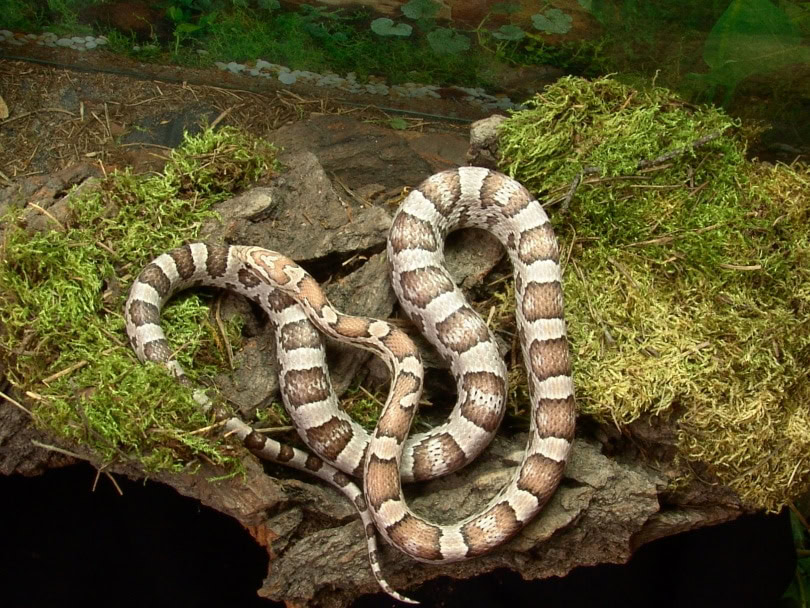
4. Hissing Noises
Content snakes rarely hiss or make any kind of noise, but they may do so occasionally. An unhappy snake will make noise more often. Hissing is a defensive noise used to discourage predators and other threats to stay out of the snake’s way.
5. Refusing To Eat
Refusing to eat is a reasonable sign of something wrong with your snake. Most snakes have ebbs and flows in their eating schedule, so it is not uncommon for them to put off eating for a day or two. However, if yours refuses to take food from you, it could be a sign something is off.
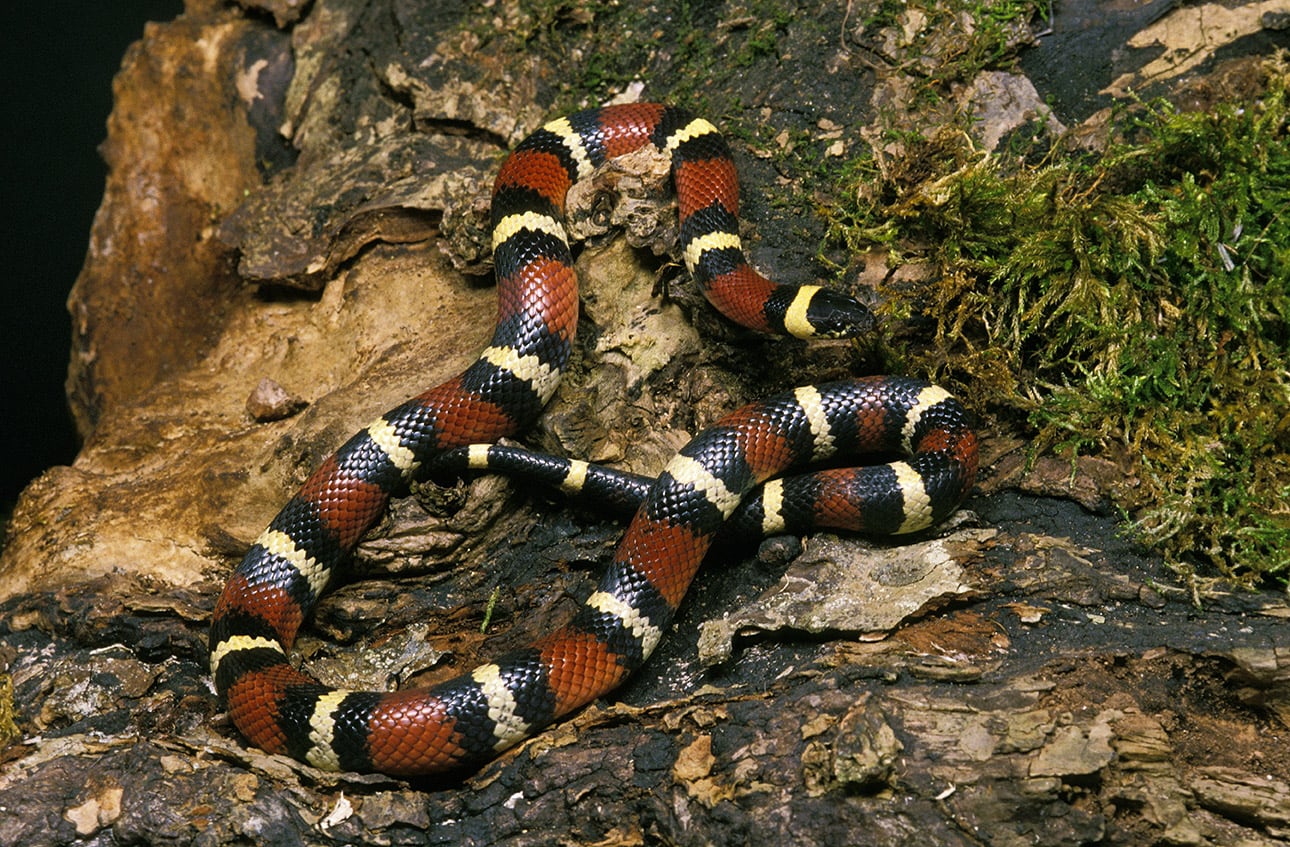
6. Striking
Signs of aggression are the most prominent and overt signs that a snake is not comfortable or happy around you. The most common sign of aggression is striking out. A mock strike means your snake looks like it may strike and is used as a warning. If it doesn’t deter you or you move closer, the snake will probably bite you.

Conclusion
There are several reasons why a snake might be uncomfortable. The conditions of their habitat might not be unsuitable. Your snake may be ill or experiencing some kind of uncomfortable physical reaction. Finally, even having a new handler or being placed in a new enclosure can stress a snake out until it becomes accustomed to its new surroundings.
If you are ever in doubt about whether a snake is comfortable, you should assume that they feel threatened and are at risk of striking. Take things slowly, get professional help if required, and learn to read your snake’s reactions so that you know how to react.
- You may also like: How to Take Care of a Pet Snake (Care Sheet & Guide)
Featured Image Credit: Jacobo Quero, Shutterstock
